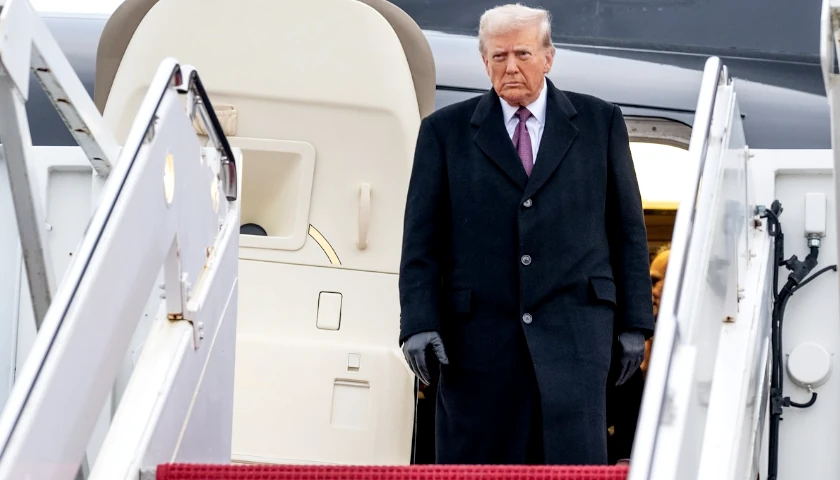by Michael Lucci
Inflation continues to be the top concern for American voters going into the midterm elections. But rather than advancing responsible policies that will tame inflation, the federal government continues to pursue tax and spending plans that will raise the federal deficit, undermine growth, and do nothing to lower prices.
As the federal government has failed on economic policy, states have fought back against inflation with pro-growth tax and regulatory policies that provide a lesson for federal policymakers. Better managed states safeguarded their economies during the pandemic by taking a lighter approach to lockdowns. Perhaps unsurprisingly, a study from economists at the University of Chicago, the Heritage Foundation, and the Committee to Unleash Prosperity found that more open states, such as Utah, Florida, and Arkansas, performed much better than states that locked down, such as New York, New Jersey, California, and Illinois.
Since then, dozens of states have been busy enacting policies that increase supply rather than demand. In 2021 and 2022, 24 states cut their individual income taxes, corporate taxes, or both. Permanent income-tax rate reductions leave more dollars with residents and increase the incentive to work and invest rather than to consume. Even as the federal government caused the worst loss in the dollar’s purchasing power in 40 years, fiscally disciplined states have partially preserved family purchasing power by returning more dollars to taxpayers.
Several states made transformational tax reforms that will benefit them for years to come — especially as the country braces for a potential recession. In 2021, North Carolina passed a law to gradually drop its income-tax rate below 4 percent and to phase out its corporate income tax altogether. In 2022, Iowa, Mississippi, Arizona, and Georgia passed laws to transition from progressive income-tax structures to low, flat income-tax rates. Pennsylvania cut its corporate income tax in half from 9.99 percent to 4.99 percent. Oklahoma and Tennessee enacted full expensing for business investments, incentivizing capital expenditures in their states by allowing businesses to immediately write off investment costs. Still more states are gradually trimming tax rates. In contrast, the federal government plans to raise corporate taxes.
States can unlock additional price relief for their residents through regulatory reforms. Ohio passed a law that requires government officials to begin chopping away at state agency regulations, a reduction that will help tame regulatory costs. Once again, this is the opposite of the Biden administration’s approach. Ohio is also considering a law to recognize occupational licenses from other states to help ease labor shortages. Utah and Arizona have led 11 states in experimenting with regulatory sandboxes to allow for new business innovations that don’t fit within existing state regulatory codes.
States are on the front lines to bring more housing supply online. Homeownership and rent eat up one-third of consumer spending, and, even though the housing market is slowing, home prices are still up 18 percent over last year. States can incentivize urban areas to loosen up zoning and land use restrictions to allow for more housing supply. They can also ease regulations and fees that delay construction and increase prices. For example, Florida enacted a law to penalize bureaucratic delays on housing permits. At the local level, Phoenix, Arizona, implemented a system to allow businesses to get building permits approved within 24 hours. The more supply that can be built, the more slowly prices will rise.
The federal government ignited inflation and has failed to tame it. While inflation remains a federal responsibility, well-managed states can provide fiscal relief and increase the incentive both to invest and to increase production. Balanced budgets, pro-growth tax cuts, regulatory reforms, and zoning and land-use reforms will help offset the federal inflationary whirlwind — and provide a model for the federal government to get its house in order.
Applying principles of fiscally disciplined states can help solve federal problems. America’s tax code should incentivize work and investment rather than consumption. The federal regulatory code should be cut and capped to reduce regulatory costs. And most importantly, the federal government should move toward the state model of balanced budgets and fiscal restraint, bringing an end to the era of runaway federal spending and rampant inflation.
– – –
Michael Lucci is a senior policy advisor at State Policy Network.





